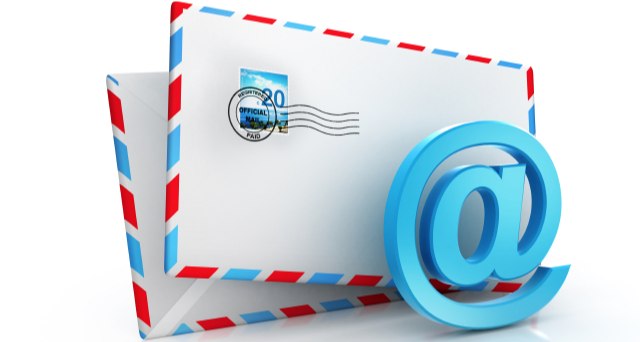With the digital age, times are changing and where junk mail was once a big problem for most homeowners, spam emails have now taken that title. Direct mail was once the most popular form of marketing, but as we continue to move into the digital age, direct mail is becoming overshadowed by its digital equivalent. But which is most effective?
In 2005, the Royal Mail estimated that there were 19.7 billion letters sent. Of those, 6.17bn were ‘direct mail’ – marketing letters from companies, addressed to the individual. However, by 2012, this had fallen to 13.8bn total letters, of which 4.4bn was direct mail. Forecasts for the future see mail dropping even further. By 2023, there’s a forecasted 8.3bn total letters, of which 3.1bn will be direct mail.
The stats
Whilst direct mail seems to be continuing to drop, its digital cousin seems to be on the rise. As of March 2016, there are around 205 billion emails sent each day, to which 56.52% are accountable as spam mail.
To put that into perspective, that means that there are over 115,866,000,000 spam emails sent every single day to the 7.4 billion people that are estimated to live on planet earth. It is assumed that we get an average of two pieces of ‘junk’ mail per day, but we receive an average of 121 emails per day to which at least 16 of those can be spam emails.
When you consider the sheer volume of emails versus letters, there is no surprise that a contrast occurs. There are around 74 trillion emails sent per year. 13.8 billion letters are sent in the UK, making 37,808,219 a day, 12,098,630 of which are direct mail. Do 12,098,630 ‘direct mail’ letters per day sound like a lot? That number is just 0.01% of the amount of email marketing pieces that are sent each and every day around the globe!
With that in mind, it’s no surprise that according to the CMO Council, email marketing has an average open rate of only 22.87% and a shocking response rate of only 0.12% meaning email wastage is at an all-time high. Despite living in a digital era, more people are reading and responding to direct mail than they do emails, with direct mail having an open rate of 56% and a response rate of 3.4% in 2012.
The verdict
So, with the amount of physical mail sent falling each and every year, it seems that digital mail is on continuously on the increase. With a high open rate and response rate, direct mail is becoming useful again. Don’t contribute to ‘email overload’ – instead, opt for a better marketing campaign with memorable direct mail solutions that will put you in front of an audience and make you stand out.
Sources
- http://www.royalmailgroup.com/sites/default/files/The%20outlook%20for%20UK%20mail%20volumes%20to%202023.pdf
- http://www.cityoflondon.gov.uk/services/environment-and-planning/waste-and-recycling/household-waste-and-recycling/Pages/Say-no-to-junk-mail.aspx
- http://www.radicati.com/wp/wp-content/uploads/2015/02/Email-Statistics-Report-2015-2019-Executive-Summary.pdf
- http://expandedramblings.com/index.php/email-statistics/
- http://www.statista.com/statistics/420391/spam-email-traffic-share/
- https://www.cmocouncil.org/facts-stats-categories.php?view=all&category=direct-marketing
- http://www.smartinsights.com/email-marketing/email-communications-strategy/statistics-sources-for-email-marketing/

This is totally new to me and I must say I didn’t knew the difference between junk mail and junk email. I guess I’ve learned something new today.
Thanks
I think using Gmail will ensure to solve all junk emails or span emails problems, Since it has wonderful detection system to spot such emails.
Thanks